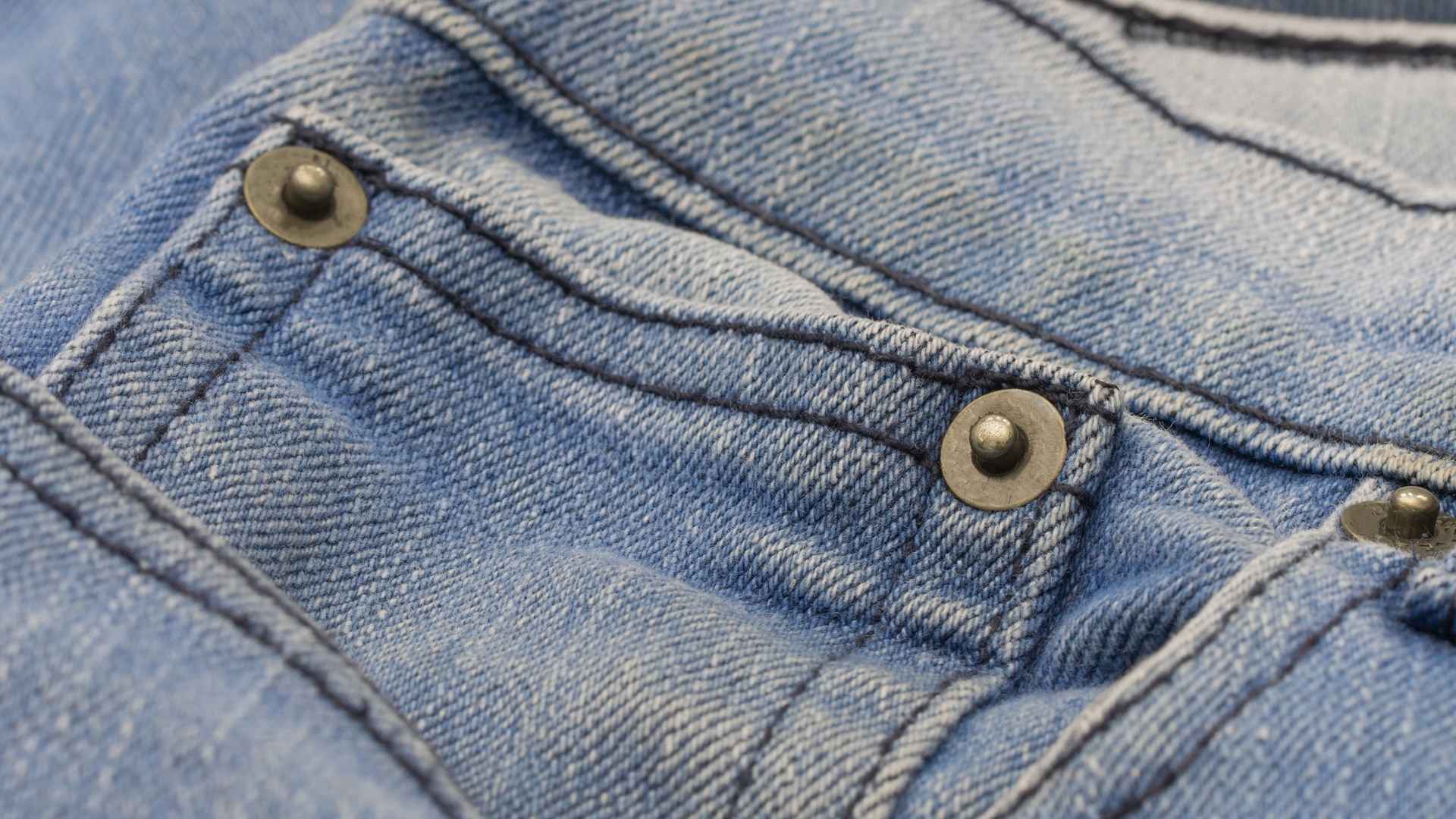When you slip on a pair of jeans, you probably focus on how they feel or whether they match your favorite sneakers. But have you ever wondered about those tiny metal rivets that dot your pockets? Are they just for show, or do they serve a real purpose?
The story dates back to 1873, when tailor Jacob Davis faced a constant challenge: workers’ pants would tear at the seams, especially in tough jobs like mining. He teamed up with Levi Strauss to patent a solution—small copper rivets placed at stress points to reinforce the fabric.
This invention quickly became a hallmark of strength, making denim trousers ideal for demanding tasks. Would you have guessed something so small could transform workwear forever?
How this nineteenth-century tailoring invention shaped the future of modern jeans
Originally, these rivets were essential for keeping pants in one piece. Over time, manufacturing techniques evolved, so modern denim doesn’t rely on them for durability as much. Yet, brands preserve these details as a nod to history.
After all, how many fashion items remain popular for over a century? It’s a testament to the timeless appeal of jeans and the practical innovation behind them. Below is a quick look at the key milestones in rivet history:
| Year | Milestone |
|---|---|
| 1873 | Jacob Davis and Levi Strauss patent copper rivets |
| Early 1900s | Rivets become a fashion statement as jeans spread |
| Modern day | Rivets retained mainly for authenticity and style |
Rivets are more than decorative; they stand for ingenuity and resilience that still resonate today.
The tiny front pocket, practical origins, and why jeans remain timeless
Another iconic feature is the small front pocket. Now it might hold spare coins or vanish under your phone case, but it started as a watch pocket for workers. Back in the 19th century, pocket watches were fragile, so a snug compartment was essential to protect them on the job. This blend of functionality and style is why jeans remain a wardrobe staple. Who doesn’t appreciate apparel that can handle both casual hangouts and rigorous labor? Here’s a brief list of why jeans endure:
- Adaptable design fits work, leisure, and fashion trends
- Durable fabric that only looks better with wear
- Cultural icon rooted in American heritage
Celebrating a century and a half of denim’s enduring global popularity
Thanks to indigo dye, jeans fade gracefully instead of wearing out in awkward spots. This fading effect, combined with durable fibers, has made denim a beloved choice worldwide. While those metal rivets may no longer be critical for everyday use, they represent the spirit of innovation that helped build an entire industry. Isn’t it fascinating how a small copper detail can carry so much history and meaning?
Take a second glance at your jeans the next time you slip them on. Behind those rivets lies a legacy of practicality, creativity, and style that continues to captivate millions today.

